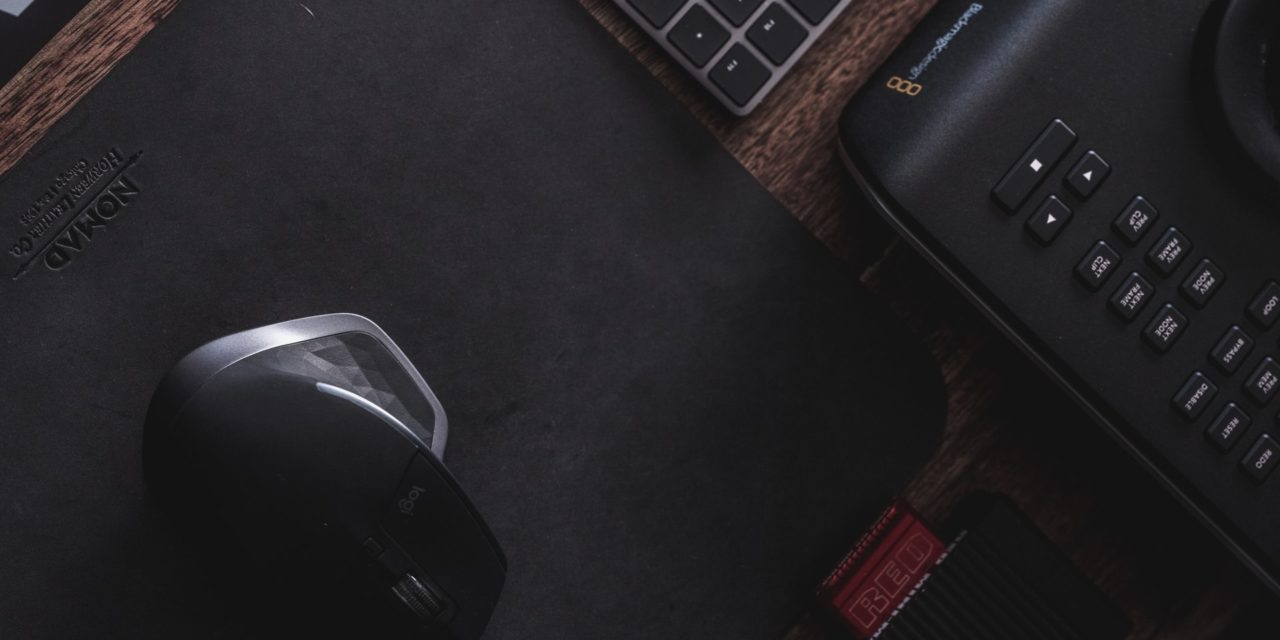[ad_1]
All cell phones, once powered on, emit certain amounts of electromagnetic radiation in the microwave radio frequency range. During the past 15 years or so, when mobile phone use has become phenomenally prevalent worldwide, the effects of this radiation on human health has come under intense study and has been the subject of numerous heated debates. These past years, we've seen report after report that associated prolonged mobile phone use and exposure to differing amounts of cellular phone radiation to brain tumors, cancer, stress, headaches, cognitive problems, and sleep disorders.
Most of these studies, however, have either been disputed by other scientists or deemed as biased by other groups who also produced evidence to the contrary. As such, there's no definitive, undisputed conclusion, as of yet, about cell phone dangers. Scientists warn, correctly, that there's so much that we don't know about the effects of mobile phone radiation, and that the full impact may actually be known years from now when it is too late to reverse any damage.
“The latency between exposure and brain cancer could be 20 or 30 years,” observes Professor Devra Davis, at the University of Pittsburgh Cancer Institute. By using cellular devices without any clear understanding of the dangers, “we are basically treating ourselves like lab rats in an experiment without any controls”
To mitigate potential cell phone dangers, experts recommend certain safe practices in using wireless devices. Some of the most common recommendations are: Keep your cellular phone away from your body, text more and talk less, use headset or speakerphone function, use your land line, turn off your mobile phone while charging, keep cell phones away from children, and purchase or use phones that have been certified or tested to emit the least amount of radiation.
It is with the intention of educating the public about the dangers of mobile phone radiation that the Environmental Working Group (EWG) has conducted an exhaustive study, covering over a thousand cell phone models in the market, detailing the amount of radiation that each mobile phone emits. The EWG is a 501(c)(3) non-profit organization, founded in 1993 by Ken Cook and Richard Wiles, that aims to “use the power of public information to protect public health and the environment.”
Here are the 10 least radiation-emitting cell phones, according to the EWG report:
1. Samsung Impression (SGH-a877) [AT&T]
2. Motorola RAZR V8 [CellularONE]
3. Samsung SGH-t229 [T-Mobile]
4. Samsung Rugby (SGH-a837) [AT&T]
5. Samsung Propel Pro (SGH-i627) [AT&T]
6. Samsung Gravity (SGH-t459) [CellularONE, T-Mobile]
7. T-Mobile Sidekick [T-Mobile]
8. LG Xenon (GR500) [AT&T]
9. Motorola Karma QA1 [AT&T]
10.Sanyo Katana II [Kajeet]
Please visit ewg.org/cellphone-radiation/ to view the report and see the entire list.
As pointed out by the CTIA, the wireless industry's lobbying group, there is yet no conclusive and fully substantiated study about cell phone dangers. However, it is no secret that government agencies in some countries have started to post warnings and direct cell phone manufacturers to clearly indicate the amount of radiation that each model they sell to the public actually emits.
Until we're finally able to bridge that gap in our knowledge on the dangers of cell phone radiation, we can only take precautionary measures to protect ourselves. One important way to protect our health, is by buying or purchasing mobile phone models that have the least amount of radiation.
[ad_2]
Source by Michael Arms

